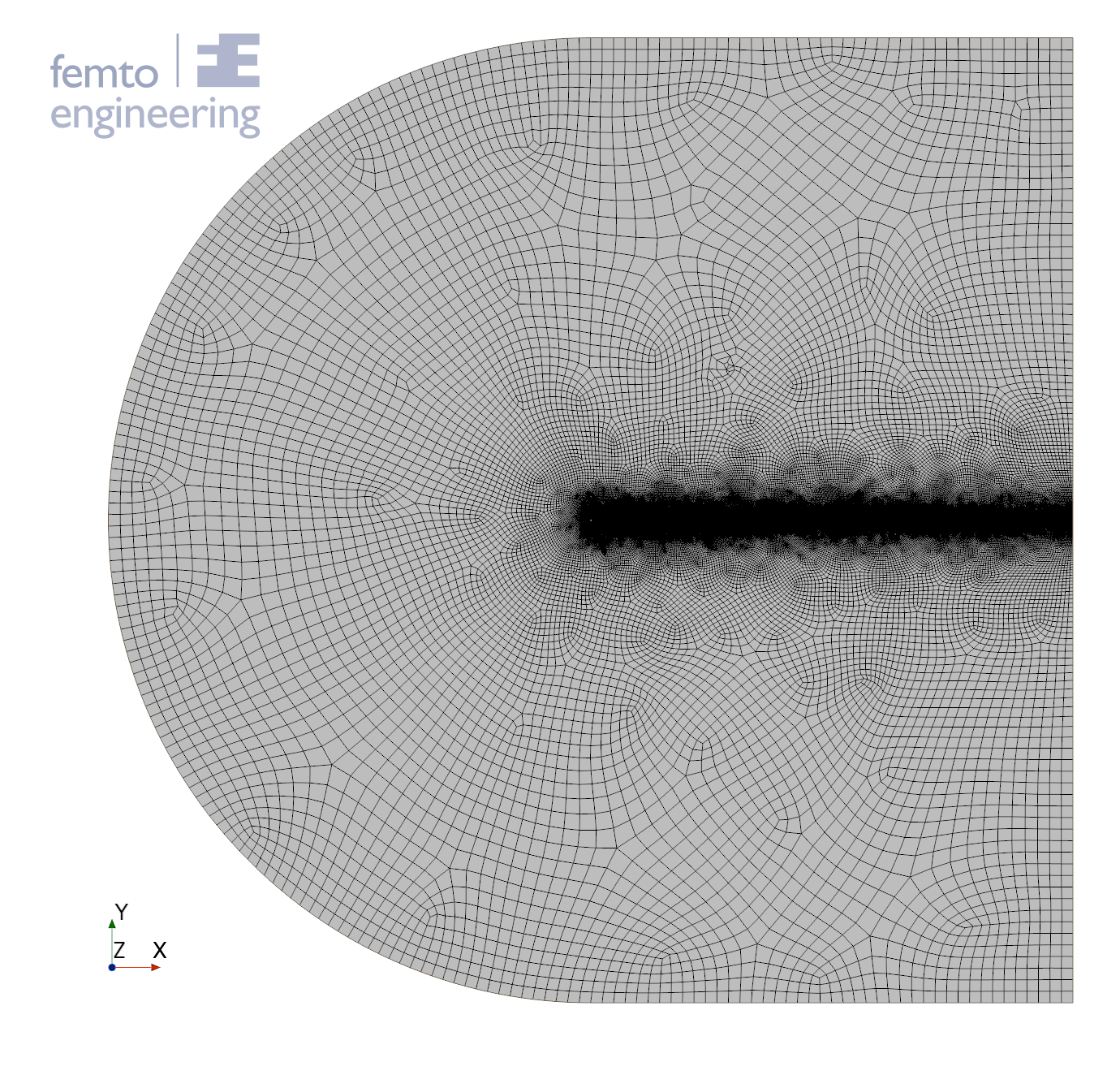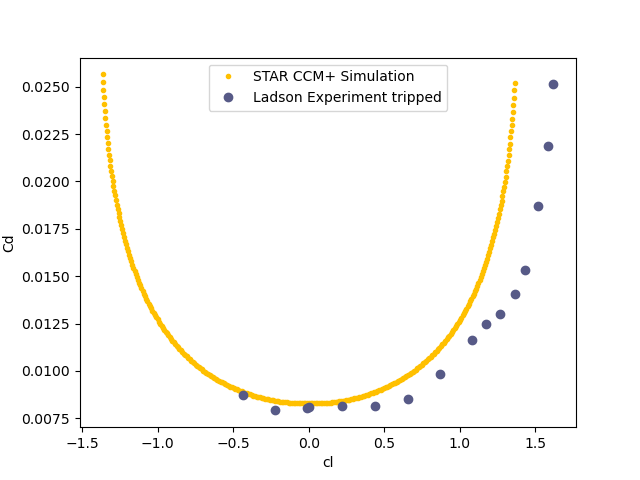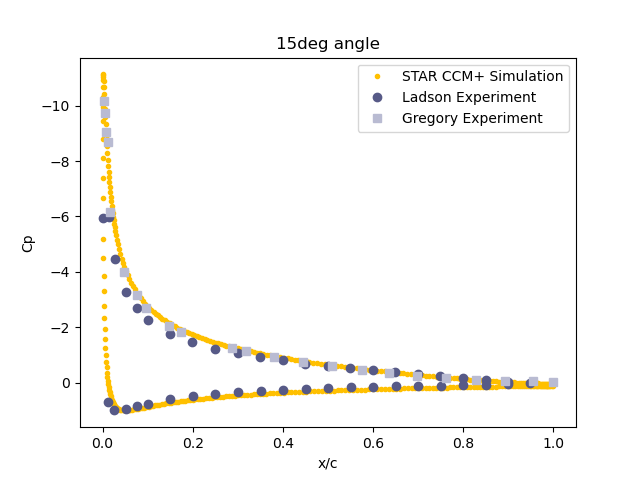References
[1] https://turbmodels.larc.nasa.gov/naca0012_val.html
[2] https://turbmodels.larc.nasa.gov/naca0012numerics_val.html
[3] Ladson, C. L., “Effects of Independent Variation of Mach and Reynolds Numbers on the Low-Speed Aerodynamic Characteristics of the NACA 0012 Airfoil Section,” NASA TM 4074, October 1988
[4] Ladson, C. L., Hill, A. S., and Johnson, Jr., W. G., “Pressure Distributions from High Reynolds Number Transonic Tests of an NACA 0012 Airfoil in the Langley 0.3-Meter Transonic Cryogenic Tunnel,” NASA TM 100526, December 1987
[5] Abbott, I. H. and von Doenhoff, A. E., “Theory of Wing Sections,” Dover Publications, New York, 1959
[5] Gregory, N. and O’Reilly, C. L., “Low-Speed Aerodynamic Characteristics of NACA 0012 Aerofoil Sections, including the Effects of Upper-Surface Roughness Simulation Hoar Frost,” R&M 3726, Jan 1970



 Figure 1: mesh and domain
Figure 1: mesh and domain





